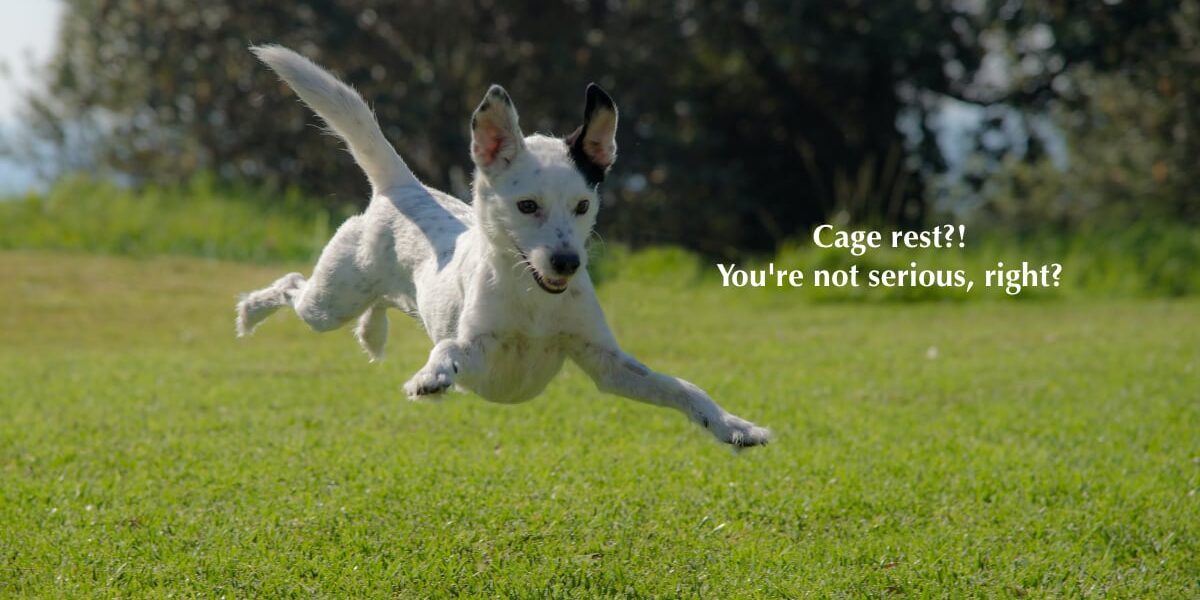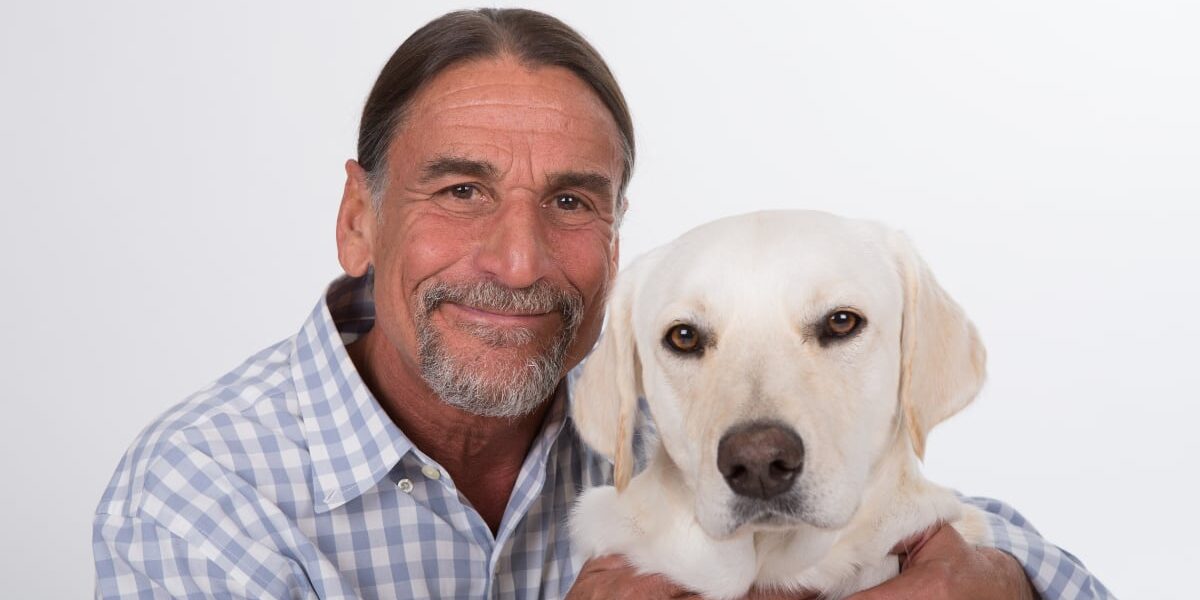Best Horse Feed Choices
GUEST POST BY LIZZY MEYER
The best diet for a VITAL HORSE is something I have been working on with my own horses and horses in my care since about 2004. I have tried all kinds of different feeds, supplements, individual ingredients and approaches. I do not go by the NRC guidelines, but common sense and what works for each individual horse.
This has been a passion of mine so hold on tight! You can get as minimal or as fancy as your heart desires!
Horse Feed Model? The Wild Horse, Of Course!
Think of what horses are designed to eat: forage, forage, forage! Mimicking the wild horses’ grazing habits, feeding small amounts of forage often is the best practice. As a grazing herbivore, the horse is accustomed to nibbling forage constantly. Their stomach secretes acid continuously. As they chew, they secrete about 10 gallons of bicarbonate-rich, acid-buffering saliva everyday. This is excellent protection for their gut.
My advice is to set your horses up for minimal stress and feed forage of some kind free choice or with slow-feeders. Horses really cannot go more than 4-6 hours without forage. Fasting longer than this time sets them up for gastric ulcers.
When hunting for hay, I look for mature grass that is not too rich, not too high protein, and with more than one species of grass. Variety of grasses is key to ensure nutritional variety.
Find a variety of grass hays and feed them all (introduce gradually). Avoid the ones super high in sugar like rye, also known as “founder fodder.” Beware of the super-green hays or the ones that seem a bit moist. Find out if your hay is GMO and if it has been sprayed. Most crops will be fertilized and sprayed, but some are not so bad. Others contain hay preservatives or drying agents and horses may find this hay non-palatable. Do the best you can and make friends with people who have access to non-sprayed native grass hay. Learn to be a hay connoisseur.
Try your best to find native or naturalized grasses, as they are often a great choice. Native grasses are typically lower in sugar and offer nutritional variety since they are not cultivated as single-species. For instance, feeding single-species like Coastal Bermuda, Timothy, Orchard grass, for example does not provide much variety in forages. Many of these grasses were bred for weight gain in cattle, not what we want for horses. Sometimes these native/local grass mixes are called meadow mixes, grass-mix, wild grasses, or local grasses.
Most alfalfa is now GMO, unless otherwise stated by the grower. Alfalfa is a rich mineral source and a fine fodder. I prefer to feed under about 20% of total diet. I treat it as a supplement to my local Texas grass hay that can be quite low protein. Alfalfa is rich in calcium, which buffers stomach acid and is great for horses prone to ulcers. In TCM it is considered a kidney-tonic herb, to be used in small quantities to provide nutrition to the kidneys.
Another popular forage is beet pulp. It is a fabulous food for horses as it functions as a pre-biotic, which feeds the horses’ beneficial bacteria already in their cecum (fermentation vat of large intestine). It’s straight fiber, but beware of brands using molasses as dust control. Always soak it!
The biggest reason I don’t feed it is because non-GMO forms are only available from the UK and by special order. Speedi-Beet is the brand that is distributed by Emerald Valley Equine. If I could find it, I would feed it. The pesticides and chemicals from GMO farming is one of the main reasons I do not use the commonly available beet pulp.
The one other reason I do not feed it is due to the possible aluminum content in the beet pulp in the US. This can come from the processing equipment that is in contact with the pulp. From what I have experienced, it can be problematic for any horse with endocrine issues, especially non-sweaters.
The next forage possibility includes: Timothy pellets, alfalfa pellets, orchard grass pellets. These are all fine options to soak with water and to add variety and excellent fiber to your horse’s diet without adding much sugar. Easy keepers love these non-grain options. This is an economical way to increase the overall nutritional value of your entire feed program.
Wet It!
Whatever forage you use requires water for digestion. In addition to providing clean fresh water free choice, I soak all of these hay pellet and beet pulp options prior to feeding. By eating a nice mash every feeding, horses become very well hydrated which of course optimizes digestion and health.
Finally, allow your horse to eat weeds that he self-selects! Let him pick what he needs. Country roadsides (non-sprayed) can be full of medicinal weeds/herbs. If that’s not an option, plant horse-safe herb gardens if your. You can get creative and plant them along your pasture edges. Some ideas are: nettle, dandelion, chamomile, chickweed, peppermint, cleavers, and rosehips.
Grain: Yea or Neigh?
The grain portion of a horse’s diet is always overrated, in my opinion. If you feed the average horse correctly, as an herbivore who eats 95% forage, the need for grain in their total diet is often unnecessary. I like to feed it as a supplement to provide nutritional variety.
I consider grains if the horse is working, senior, or if it is underweight. Of course, easy keepers and metabolic horses do not get grain.
My favorite grain is the whole oat. For the working horse who needs a bit more pep or weight, I add a little rolled barley in small amounts (under a couple cups). But feeding grain always takes consideration in regards to the horse’s temperament, energy needs, and work level.
Good Fats are Good Guys
In my opinion, fats should be used conservatively given that horses don’t have a gallbladder. To add energy, fats are safer than starch. Yes, horses do digest fats in the small intestine, but their natural diet contains very little, and it is seasonally available from seeds.
Good fats that I love to use are hemp oil and unrefined coconut oil. Hemp is great for ulcer horses since it contains GLA and helps to protect the mucus lining of the intestine. It’s also great to help horses build muscle. Coconut oil is my favorite when I need to strengthen a horse’s immune system, thanks to the lauric acid it contains. An ounce or two might be all that many horses need. Performance or infirmed horses may need more.
Other foods you might add for variety or treats in small amounts: peanuts (unsalted and shelled), almonds, papaya, sesame seeds, banana (no peel), pumpkin seeds, grapes, oranges, squash, celery, pomegranate, basil, sprouts, blueberries, strawberries, pumpkin, the list goes on.
Good omega 3′s are either chia seed or flax seed. Chia contains twice the omega 3’s as flax and is better for the connective tissue and bone. It is rich in minerals such as boron and strontium and also absorbs up to 9 times its weight in water! Chia is amazing to reduce the carbohydrate absorption in the gut. Because of the mucilage it creates in the gut, it keeps blood sugar more stable in these individuals. If you cannot feed chia, flax is great for omega 3’s too, and used to be the gold standard before chia. It’s still a great food for horses in small amounts and much less expensive than chia.
Vitamins, Minerals and Coal Tar, Oh My!
When feeding a whole-food diet, vitamins and minerals are a MUST. I try to feed those from non-synthetic sources. I like to either make my own homemade version from herbs, use a pre-made herbal mixture like Maintenance mix from Silver Lining Herbs, or use a pre-made whole food supplement, like Optimum EQ from Biostar EQ. I rotate between these options so that my horses get a variety of nutrients and foods.
Thanks to the horses’ amazing fermentation vat called the cecum, (a 14-inch diameter portion of the large intestine chock full of life-sustaining microbes), horses are able to extract everything from plants! When plants are digested, minerals are naturally chelated. This means they are bound to an amino acid, which enhances digestibility. When horses are fed their vitamins/minerals in the form of food (versus lab-made synthetic supplements or pre-mixes) their body instantly digests them without stress on their internal organs.
My pet peeve is synthetic vitamins and minerals. If you research how they are made, it is pretty awful. Here are some classic examples: B-vitamins are from coal-tar, vitamin C is from sugar hydrogenated with acetone, and vitamin D is from irradiated cattle brains.
Even worse, feed companies (and supplement companies) regularly add much more than the horse actually needs since well, they are not well digested. They have to ensure a certain percentage of absorption, which is only possible with a “mega-dose.” The horse absorbs roughly 10% of a synthetic (made in lab of chemicals). The rest is detoxified from the body, daily. This means stress to the gut, liver, and other organs.
THAT takes up a lot of energy over the life of your horse. That’s energy that could have been used for healing a micro-tear in a tendon, growing healthier hooves, or healing that itchy skin. I prefer to feed my horses in a way that produces optimal health and soundness.
As far as minerals go, there are some good free choice loose powdered ones on the market, like ABC’s Rush Creek Mineral, or The Natural Vet’s Red Cal. Even these mixes have some synthetics but are the best I have found. Watch out for sugar and flavoring agents! Unrefined sea salt is a nice additive in times of need such as winter to ensure hydration and summer to replace electrolytes lost in sweat. This can be offered free choice or added to feed (maximum of 1 tbsp per feeding).
Healthy Treats for Healing
Once your basics are covered, you can use foods to support your horse in healing from any illness. For example, a horse with chronic inflammation, I use foods high in antioxidants and anti-inflammatories.
I put the following in the blender and feed about a cup a day: blueberries, pomegranate juice (no added sugar), Fuji apple, whole orange or half a lemon, and strawberries. Food is medicine and the body knows exactly what to do with it.
There are endless combinations of food to help horses heal, but I’d recommend you stick to the basic diet for now. Try not to get overwhelmed! I have just given you a lot of information, but it is not rocket science. Do your best to learn to identify synthetics, avoid processed foods and chemical supplements. Think about properties of foods as medicine and invite your horse to show you what works for them. Feed your horse like the trickle-feeding herbivore he has always been, and you cannot go wrong.
Lizzy Meyer is full of natural horse sense, and uses horses’ gifts for healing other species, including humans. You can find her at Whole Horse Consulting.




Hi I have a Welsh section A that my daughter rides. He can get anxious and a little spooky but not dangerous! I was told to give him magnesium as this will help as stress and anxiety depleates magnesiun and certain breads (Welsh included) are prone to this. I give him a brand called nupa mah which has solved the problem. I give him the minimal recommended dose in winter and reduce to half in summer as he can top up with the magnesium in summer grass and this is all he needs. I read your article about avoiding synthetic vitamins and minerals. Is there any other way I can give him what he needs with the same desired effect thats more natural or should I stick to this product?
Best regards
Janette
Enlightening and thankyou for helping me help my soulmates. Need some advice on how much of Chia, Bee pollen, Algy and Amino to add to Speedy Beet. Have a OTTB mare 16.2hh 10yo and recovering Laminitic Welsh A pony 7yo.
Thanks so much for this article! I am getting two horses and since we feed the dog, rabbit and ourselves whole foods, why not the horses? I am very excited about the thought of having two furry athletes who get to eat what they were designed to eat! 🙂
Thank you for sharing this insight and practical advice for how to feed a captive horse more like his wild brothers. I love the idea of giving them a little bit of fresh food treats on a regular basis!
What do you think about how not walking to graze for long periods affects the digestion in horses? I live in the Phoenix area and see most of the horses in small stalls or paddocks that are just dirt. I’m not involved personally with horses at this time (was in the past), but I hear that “sand colic” seems to be a somewhat common thing here. I have to wonder about the lack of movement in addition to lack of undried (wet) forage and horrendously hot weather causing gut abnormalities. Does wetting hay make a big enough difference?
Thanks for the inspirational article. I’m so glad there are people like you sharing the message of real food!
Thanks Tabitha,
Great to see a holistic vet join the conversation (you folks in Phoenix, see how her name is underlined? Click it and get a holistic house call for your Vital Animal!).
Agreed on the penning of horses. Probably one of the worst stresses, even more in the “high lifers” who run for a living, like the racing Thoroughbred. They’ve got nothing to eat for long periods and a body that says, “Let GO!” and no social life. It’s a recipe for stomach ulcers at the very least. And I can’t imagine wetting the hay makes up for Phoenix’s or Austin’s levels of heat, but I’m sure it helps.
Hope life is good for you and hope to get to meet you in Portland.